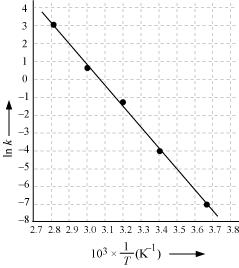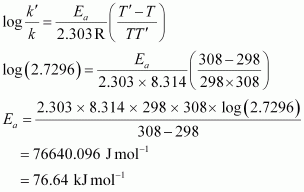Understanding Procrastination: Why Students Put Off Studying and How to Beat It
If you’ve ever caught yourself uttering, “I’ll start studying tomorrow,” then you already have a sense of what procrastination feels like. Simply put, procrastination is putting off something you need to be doing right now. For students, this usually shows up as pushing away assignments, postponing revision, or telling yourself you’ll “start after five minutes” […]
Read More



























